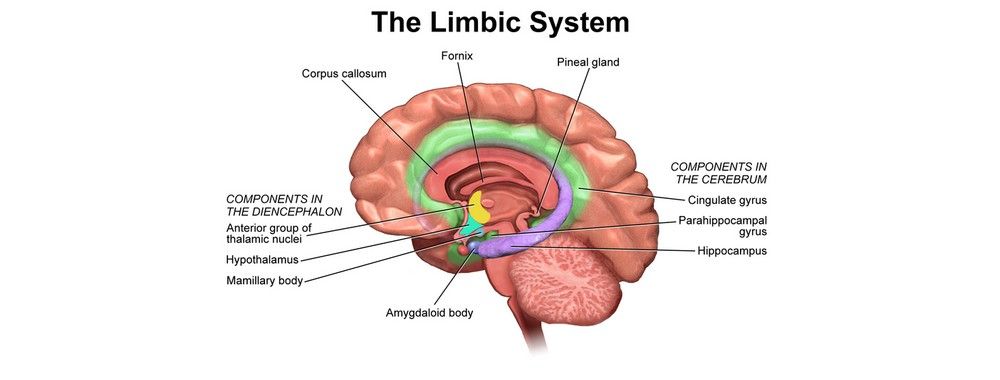More About From Brain to Brushstroke: Investigating the Science behind Artistic Expression

From Brain to Brushstroke: Checking out the Science behind Artistic Expression
Fine art has been an indispensable component of individual civilization for thousands of years. From cavern paints to Renaissance masterworks, artistic articulation has captivated viewers and offered as a means of communication and self-expression. But have you ever thought about what goes on in the mind of an musician? How do they enhance their notions and emotional states into brushstrokes on a canvass? In latest years, experts have started to explore right into the amazing world of craft and explore the scientific research behind artistic phrase.
One place of research that has got notable focus is the study of brain activity during the course of imaginative development. Utilizing approaches such as useful magnetic vibration image resolution (fMRI), scientists have been able to take a look at which places of the human brain are triggered when people interact in creative activities. This has offered important understandings into how our human brains refine and produce imaginative tips.
One study administered at Stanford University located that when performers develop art, their brains show enhanced task in the prefrontal cerebral cortex, which is accountable for higher-order cognitive feature such as decision-making, problem-solving, and self-expression. This proposes that musicians may count highly on these intellectual methods when translating their notions and emotions in to visual form.
On top of that, scientists have found out that different types of artistic articulation may turn on specific neural systems within the mind. For instance, a study released in Frontiers in Human Neuroscience found that popular music make-up switches on different human brain regions compared to graphic fine art development. This proposes that various fine art forms may interact special intellectual procedures, highlighting the assorted attributes of artistic articulation.
Another element scientists are fascinated in looking into is how emotions affect artistic creation. Emotional states play a essential duty in forming our encounters and perceptions, featuring those related to art. A research administered at Johns Hopkins University displayed that when individuals were revealed emotionally billed photos while making artwork, their creations showed more rigorous psychological web content reviewed to those who were not subjected to psychological stimulations. These findings advise that emotions can easily exceptionally influence an performer's innovative result, determining the state of mind and information of their work.

In add-on to researching brain activity and emotional states, researchers have likewise investigated the role of experience in imaginative articulation. It is largely acknowledged that practice and experience are crucial for building creative capabilities. Nevertheless, scientists have found to uncover how know-how manifests in the brain. A research released in NeuroImage located that very skilled artists showed improved connectivity between brain locations included in graphic belief, interest, and electric motor command. This advises that substantial instruction may lead to enhanced sychronisation between these regions, allowing artists to implement their innovative vision along with better accuracy.
The scientific research responsible for creative articulation is not limited to understanding the inner workings of the musician's thoughts; it likewise stretches to the target market's understanding and analysis of fine art. Scientists have looked into how individuals react to different kinds of craft and why certain art work generate sturdy mental responses. Making use of approaches such as eye-tracking innovation, scientists have been capable to examine where individuals center their interest when seeing artworks. Source has presented that audiences often tend to devote more opportunity looking at areas of higher aesthetic intricacy or aspects of passion within a piece. These findings aid us understand how performers may successfully help our gaze and stir up certain emotional states by means of their choice of structure and target issue.
Moreover, studies have uncovered that cultural background and individual take ins form our analysis of fine art. A research conducted at New York University found that individuals from various cultures show distinct nerve organs feedbacks when looking at theoretical artworks. This recommends that our cultural training influences how we perceive and enjoy art.
In conclusion, the science behind creative expression is a quickly growing area that supplies useful understandings in to how our minds refine and produce fine art. Via studying human brain task, emotions, expertise, reader viewpoint, and social influences, scientists are unraveling the enigmas responsible for what helps make fine art so captivating and highly effective. Through understanding these rooting mechanisms, we can acquire a much deeper appreciation for imaginative articulation while also shedding lighting on fundamental facets of individual cognition and innovation.
